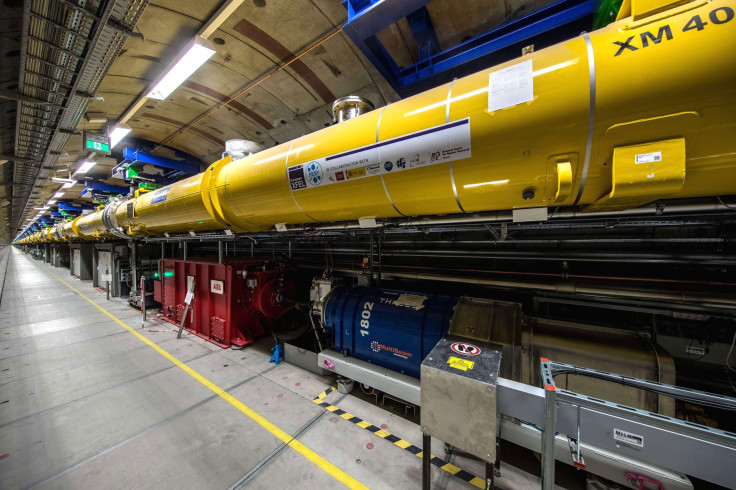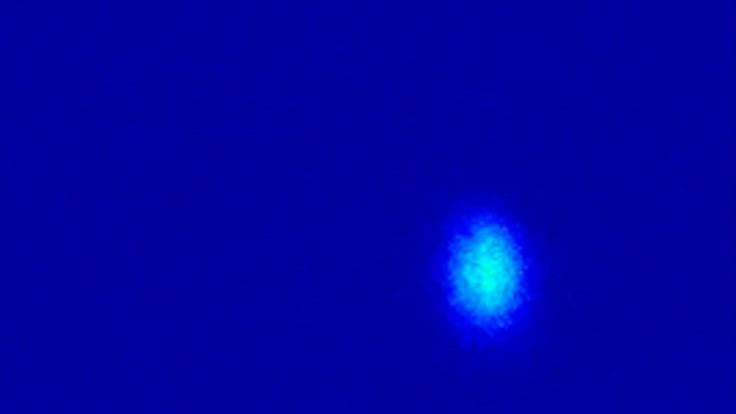First Light From World’s Largest X-Ray Laser In Germany

The world’s biggest X-ray laser, located in the Hamburg metropolitan region of Germany, produced its first X-ray laser light this week. It was the “last major milestone” for the European X-ray free electron laser (XFEL) before it officially opens early September.
The light produced at the European XFEL has a wavelength of about 0.8 nanometers, which is 500 times shorter than visible light wavelength and corresponds to the size of an atom. The repetition rate at first lasing was one pulse a second, but that will eventually go up to 27,000 pulses every second, according to the plan for the facility. That is far greater than 120 light flashes produced every second, which is the maximum ability of any of the four other X-ray lasers around the world.
Robert Feidenhans’l, managing director of European XFEL, said in a statement Thursday: “This is an important moment that our partners and we have worked towards for many years. The European XFEL has generated its first X-ray laser light. The facility, to which many countries around the world contributed know-how and components, has passed its first big test with flying colors.”

The European XFEL facility is 3.4 kilometers (2.1 miles) long, mostly underground, of which 2.1 kilometers make up the accelerator tunnel, where electron pulses are accelerated to prepare them for generating X-ray laser light. The pulses then enter a photon tunnel at near-light speed and with very high energies. The photon tunnel contains a 210-meter long stretch of X-ray generating devices and 17,290 permanent magnets with alternating poles, located above and below.
The location and polarity of the magnets puts the electron pulses on what the statement called a “slalom” course — like the zigzag pattern in skiing — and at every turn, extremely short-wavelength X-ray radiation is released.
The X-ray laser light produced as a result “is extremely intense and a billion times brighter than that of conventional synchrotron light sources.” And given the short wavelength, the X-rays can be used to image nanoscale objects at an atomic resolution.
Read: LHC Discovers New System Of Five Particles
German research center Deutsches Elektronen-Synchrotron is the largest shareholder of the European XFEL, which is an international collaboration. Helmut Dosch, chairman of the DESY Directorate, said in the statement: “The first laser light produced today with the most advanced and most powerful linear accelerator in the world marks the beginning a new era of research in Europe. … The European XFEL will provide us with the most detailed images of the molecular structure of new materials and drugs and novel live recordings of biochemical reactions.”
The European XFEL facility will eventually have six scientific instruments, but at the time of its official opening in September, two will be operational and available to external users.
“We can now begin to direct the X-ray flashes with special mirrors through the last tunnel section into the experiment hall, and then step by step start the commissioning of the experiment stations. I very much look forward to the start of international user operation, which is planned for September,” Feidenhans’l said.
© Copyright IBTimes 2024. All rights reserved.





















